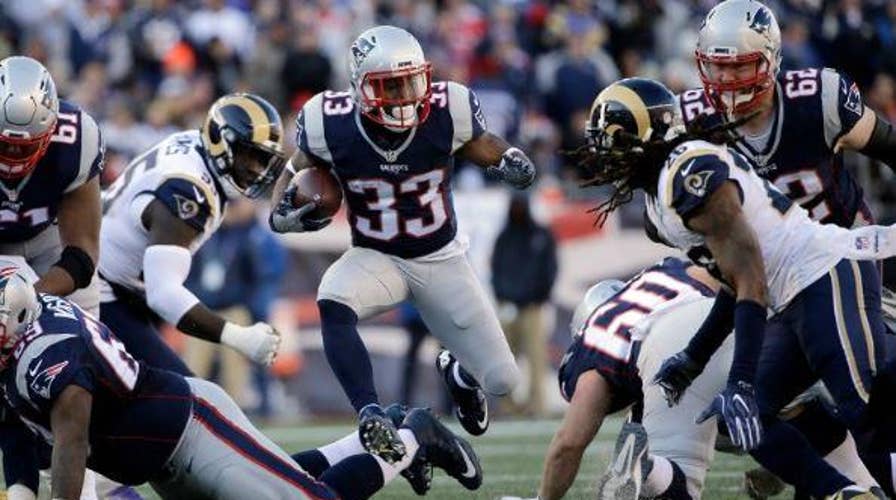Super Bowl 2019: What to know
Super Bowl LIII will feature the New England Patriots and the Los Angeles Rams, here's everything you need to know about the big game.
NASA technologies will be in play at Atlanta’s Mercedes-Benz Stadium when the New England Patriots take on the Los Angeles Rams in Super Bowl LIII.
In a video posted to YouTube Friday, NASA describes its role in the eagerly-anticipated game, from the development of players’ equipment to stadium infrastructure. “A variety of shock-absorbent foams used in helmets and pads were developed by NASA to help with safety and comfort in commercial airline seats,” it explains, in the video.
“NASA also developed special materials to be used in Apollo spacesuits,” the space agency added. “Now these fabrics have come down to Earth to the gridiron, making their way into the retractable roof over the big game.”
The Apollo link is particularly noteworthy given that July 20, 2019, marks the 50th anniversary of the historic Apollo 11 Moon landing.
GURLEY BEATS GRONK IN 'MADDEN' SUPER BOWL MATCHUP
NASA’s video is just one example of football and space coming together in the build-up to Super Bowl LIII. Former Detroit Lions player and NASA astronaut Leland Melvin was the special ‘Moon to Mars’ guest at the Super Bowl LIVE event in Atlanta’s Centennial Olympic Park last week.
Melvin, a two-time mission specialist on the space shuttle Atlantis, is the only person drafted into the NFL to have flown in space.
WILL THE PATRIOTS LOSE THE SUPER BOWL? OMINOUS 'MADDEN' SIMULATION HAS RAMS WINNING CLOSE GAME
Space also features in Amazon’s Super Bowl ad. Former NASA astronauts and twin brothers Scott and Mark Kelly make an appearance (along with Hollywood stars Harrison Ford and Forest Whitaker) in the advertisement for Amazon’s Alexa voice assistant.
CLICK HERE TO GET THE FOX NEWS APP
Scott Kelly became the first American to spend 12 consecutive months in space when he completed an epic 340-day stint on the International Space Station in 2016. The astronaut conducted hundreds of experiments during his near year-long journey in space. Scientists also studied the differences between the astronaut and his twin brother, Mark, back on Earth.
The Associated Press contributed to this article.
Follow James Rogers on Twitter @jamesjrogers









































